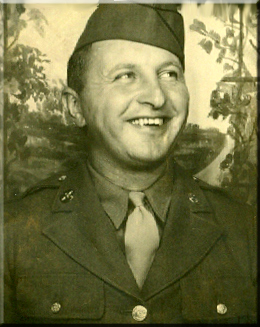
Henry J Dziepak's story
Henry was born in 1913 as son to Joseph and Salomea Dziepak. Henry's parents were Polish immigrants who settled in Manchester New Hampshire. He grew up in a family with three children, Henry being the oldest. He had a sister Helen and a brother named Frank. In his early years Henry attended Youngsville School in Manchester, after graduating he spent a brief period at Central High School in Manchester.
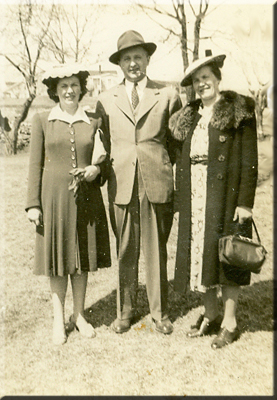
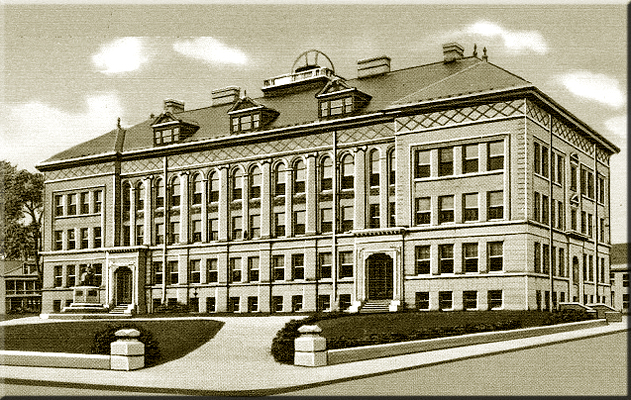
left: Henry with sister Helen and his mother Salomea
right: Central High School Manchester, NH
After his school days Henry started working in Manchester Shoe Shops, his enlistment record also shows him being "skilled in manufacturing boots and shoes". Besides his job Henry was a semi-professional golf player at Derryfield Country Club. Upon being informed of Henry being killed in Germany, the golf club flew the flag half staff to honor Henry's legacy. Henry did was married although at the moment no one in the family seems to remember who he was married to at that moment, but it was the choice of Henry's wife to have him buried overseas, against the wishes of Joseph, Salomea and Helen. In the end the family even tried to overturn the decision, but they were unsuccesful.

Henry playing golf at Derryfield Country Club
On Thursday 10 June 1943 Henry enlisted in the Army. Although nothing is known about furlough, training and transport we know that Henry was assigned to the 310th Infantry Regiment of the 78th Infantry Division (The Lightning Division). First mission was turning out reinforcements for combat. By late 1943, Henry's 78th Infantry Division had won a well-earned reputation for training fighting men, with some, 60,000 in all theaters of war. Mid-November, 1943, the 78th was moved to South Carolina for 3 weeks of field exercises after which it returned to its home station at Camp Butner. In January, 1944, the division moved to the Tennessee Maneuver Area for eight weeks of simulated combat. From Tennessee the division moved to its new home, Camp Pickett, Va., where from April until September preparations for combat were completed.
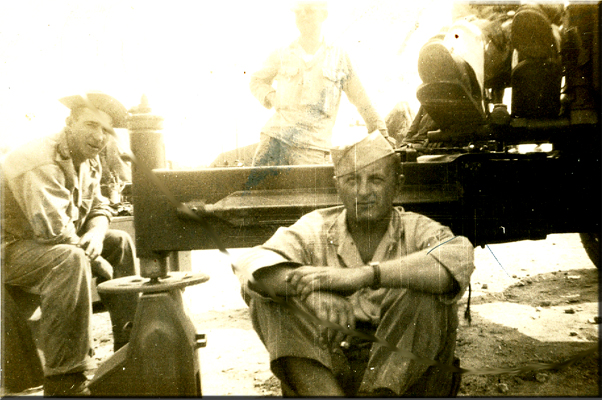 Henry and his army buddies
Henry and his army buddiesThe 78th's performance in its first combat action of World War II had spoken well of its training. The Wehrmacht, leaning on the security of its Siegfried Line defenses, had been startled into the recognition of a new and potent force on the Western Front. Throughout the rest of December, 1944, and most of January, while the First and Third U.S. Armies hammered at the Bulge from three sides, the 78th held and improved the salient it had thrust into the German defenses. Positions were organized in great depth; raids were carried out to destroy a fringe of pillboxes which menaced the security of the sector. Rain and mud of December gave way to the snow and bitter cold of January, 1945. Thick snow draped the hills and valleys and hung from fir trees in a picture-card beauty that belied the horror of war. By the end of January the German Bulge ceased to be a threat.
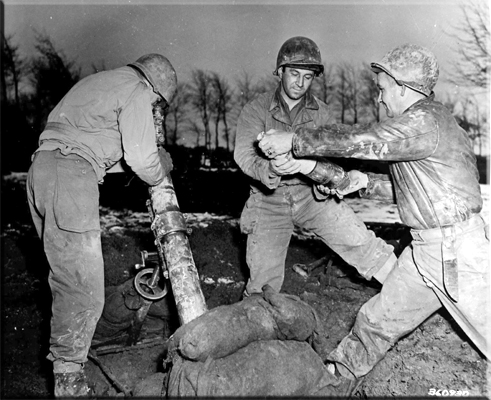
Passing on ammo at Paustenbach, Germany
13 December 1944 in the Hurtgen Forest
Schwammenauel Dam still was in enemy hands. Its 22 billion gallons of water, once unleashed by German demolitions, would be sufficient not only to submerge completely and destroy all the towns along the Roer from Heimbach to Dortmund, but to sweep away like matchsticks men and equipment in a river crossing operation. Its capture was imperative. The Lightning Division, already poking more than two miles into Siegfried defenses, was given the signal to resume the vital task of capturing the Dam. On the afternoon of Feb. 9 as the 310th and 903rd FA protected its north flank, the 309th passed through the 311th and slogged down the last leg of the exhausting journey which had started 12 days before at Simmerath. The shell-torn road behind advancing doughs was strewn with burned-out tanks, wrecked trucks, jeeps and dead horses. Just before midnight, leading riflemen of the 1st Bn., 309th, broke out of the woods at the bottom of the steep hill. There was the prize -- Schwammenauel Dam.
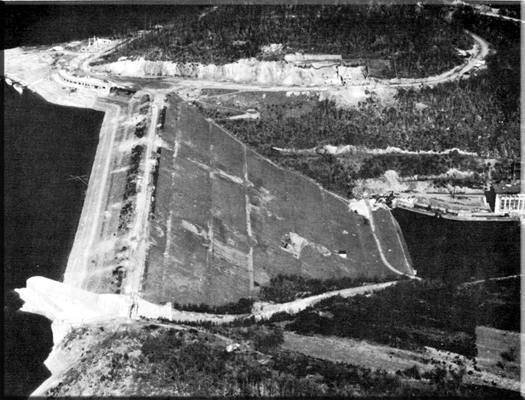
The Schwammenauel Dam (Germany)
The 310th infantrymen were fighting in the towns of Mehlem and Lannesdorf March 7 when word was flashed that the Ludendorf Railway Bridge over the Rhine still was intact. 1st Bn. was ordered to move immediately for the Rhine crossing. Doughs rushed to Remagen aboard trucks. At 0430 March 8, the battalion crossed the Ludendorf Bridge from Remagen to Erpel -- the first infantry battalion of an infantry division to span the Rhine. Later the same day, the 311th crossed over. Within the next two days, the entire 78th Division had closed on the east bank. It was two days after the first troops of the Lightning Division had crossed the river, on Saturday 10 March 1945 when Henry was Killed in Action on the other side of the Rhine. The last main obstacle into Germany had been crossed and after the many battles Henry survived, with the end of the war finally in sight, he was buried in a temporary cemetery in Belgium.
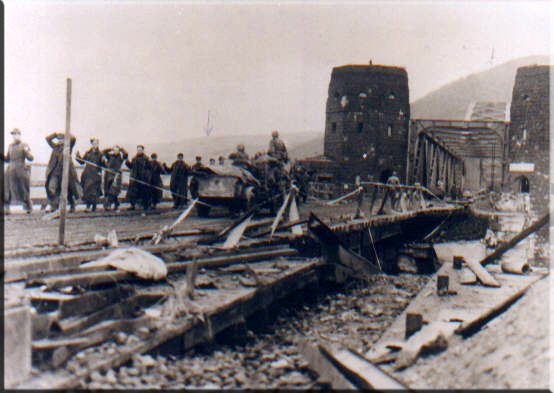
Remagen Bridge in March 1945
picture showing the still intact bridge with German POW's
Both of his parents, Joseph and Salomea didn't speak any English so Henry's sister Helen had to translate the Western
Union telegram informing them that their son and brother had been killed in action in Germany.
These days Henry rests in the beautiful American Military Cemetery at Henri-Chapelle ... He is remembered and honored by his niece Phyllis Heaney, by every visitor of the American
Cemetery at Henri-Chapelle and by every visitor of this website.
 A picture of Henry's final resting place will be show here soon
A picture of Henry's final resting place will be show here soonand to Aimee & Ryan Fogg for keeping Henry's memory alive